An Infrared Dryer uses infrared radiation to dry things fast. It removes water from surfaces or materials. People use these devices in factories. They help dry textiles, food, and coatings. People also use them at home as hair dryers. The market for infrared dryers was about USD 1.2 billion in 2023. It may grow to USD 2.1 billion by 2032. More companies and people want energy-saving choices. Asia Pacific, North America, and Europe are leading this growth.
Key Takeaways
Infrared dryers use invisible rays to heat things from inside. This dries them faster and uses less energy than regular dryers. These dryers help keep hair and products healthy by drying gently. They keep natural moisture and lower heat damage and frizz. Infrared dryers work well in factories and homes. They dry textiles, food, plastics, and hair fast and evenly. Using infrared drying with hot air or other ways can make drying faster. It also helps make thick or hard-to-dry items better. Using and caring for infrared dryers the right way keeps them safe. It also makes them last longer and work better. Always follow the maker’s instructions.
How Infrared Dryer Works?
An infrared dryer uses infrared radiation to directly heat objects without heating the surrounding air. This process is energy-efficient and provides rapid drying.
Infrared Technology
Infrared dryers use a type of energy called electromagnetic radiation. This energy comes from the infrared part of light. When the Infrared Dryer is on, it sends out invisible rays. These rays move through the air and hit the material or hair. The rays do not make the air very hot. They go right into the material and turn into heat inside.
Infrared drying works because the material soaks up the rays. The rays change into heat inside the material.
This way of drying saves energy and takes less time than old methods.
There are three main types: far-infrared, near-infrared, and medium-infrared. Far-infrared is best for drying because water soaks it up well.
Infrared dryers can work by themselves or with other dryers. Using them with hot air dryers can fix problems like weak drying and too much heat.
Newer dryers use different wavelengths and watch the drying in real time. This makes drying faster and safer.
Note: The wavelength of the rays is important. Far-infrared waves go deeper and help remove water from inside, not just the top. If the dryer is closer to the material, drying goes even faster.
Moisture Removal
The main job of an Infrared Dryer is to take out water fast and evenly. Regular dryers use hot air, but infrared dryers use rays to heat the inside first. This makes drying quicker and more even.
Infrared rays heat the material right away, so less heat is wasted.
Drying gets faster when the rays are stronger. Water leaves the material more quickly.
Infrared dryers make a bigger pressure difference between the water inside and the air outside. This helps water vapor get out fast.
How fast water moves depends on how easy it is to move inside the material. If water moves faster, drying is better.
Here is a table that shows how long different drying methods take:
Drying Method | Drying Time Range (min) | Drying Efficiency / Rate Characteristics |
|---|---|---|
Hot Air Drying (HAD) | 1080 – 1560 | Takes the longest; removes water slowly; can hurt quality if drying takes too long. |
Infrared + Hot Air Drying (IR-HAD) | 300 – 750 | Much faster; works better; removes water quickly by exciting water molecules. |
Sequential IR-HAD + HAD | 660 – 2040 | Not as good as IR-HAD alone unless it is very hot; structure can break down and slow drying. |
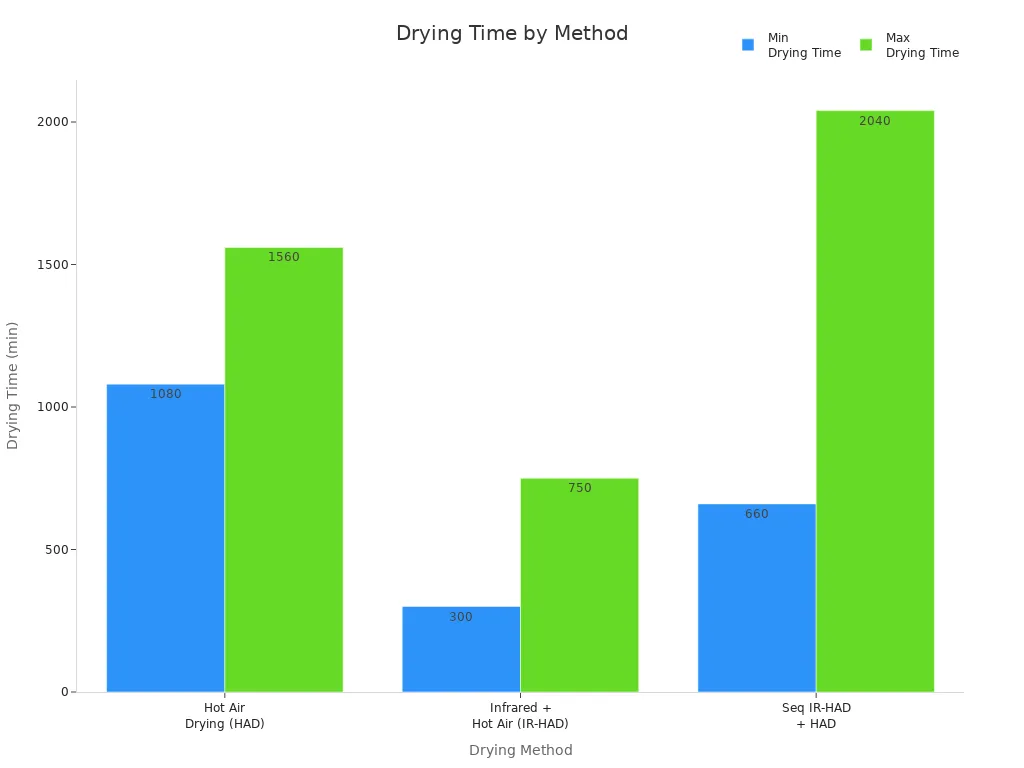
For example, drying zucchini with infrared and hot air can reach 10% water in only 40 to 80 minutes. Regular hot air drying can take over 1000 minutes. This shows that infrared dryers are much faster and work better.
Tip: Infrared dryers work best when the right wavelength matches the material. This helps the material soak up more energy and dry even faster.
What Are the Benefits of Using an Infrared Dryer?
Infrared dryers offer numerous advantages, including faster drying times, energy efficiency, and improved product quality. They utilize infrared radiation to directly heat the material, resulting in uniform drying and reduced processing times.
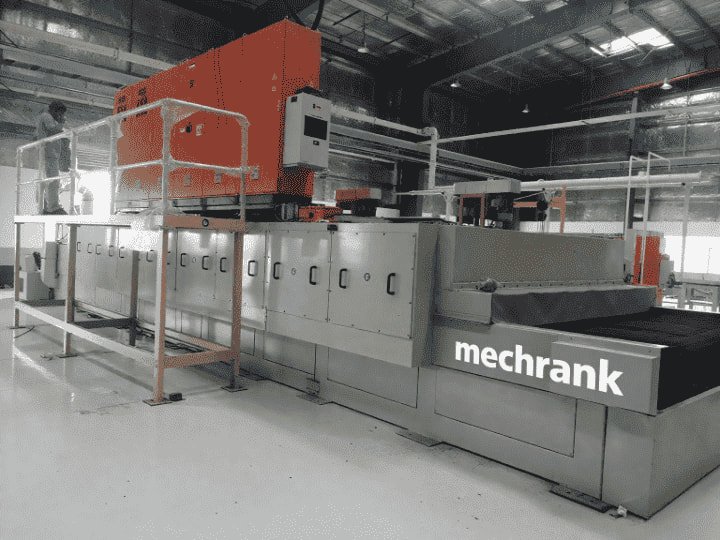
Energy Efficiency
Infrared dryers are great at saving energy. They have special heating parts like honeycomb ceramic. These parts heat up fast and stay warm longer. This helps stop energy from being wasted. The dryers use less power because they work at lower heat. Factories and people at home both use less energy with these dryers than with old ones.
Infrared Dryers | Traditional Dryers | |
|---|---|---|
Energy Consumption | Lower due to faster drying and efficient heat | Higher due to longer drying times |
Drying Time | Up to 50% faster drying by heating from inside | Surface heating only, slower drying |
Heating Element | Honeycomb ceramic, heats quickly and retains heat | Less efficient heating elements |
Operating Temperature | Lower temperatures reduce energy use | Higher temperatures increase energy use |
Environmental Impact | More energy-efficient, environmentally friendly | Less energy-efficient |
L’Oréal’s AirLight Pro infrared hair dryer uses less energy than most old hair dryers. It saves about 31% more energy. It has sensors that check how wet your hair is. The sensors change the heat so it does not waste power.
Tip: Infrared dryers can reach up to 90% thermal efficiency. This means almost all the energy dries things, not just heating the air or the machine.
Fast Drying
Infrared dryers dry things much faster than regular dryers. They send heat deep inside the material or hair. This makes water leave the inside quickly. In hair care, these dryers can cut drying time in half. People spend less time waiting and get less heat damage.
Infrared dryers put heat right into the product, so drying is quick.
Using infrared with hot air makes drying even faster and more even.
Thin things dry quicker, and cracks help water escape.
Big infrared dryers in factories can dry up to 2,700 clothes every hour. They do this because they give strong, even heat. In food drying, infrared dryers can dry food about twice as fast as hot air dryers.
Note: Faster drying means less time for heat to hurt hair or products. This keeps things looking and feeling better.
Moisture Retention
Infrared dryers help keep more natural moisture in hair and products. They use long waves that go deep inside. This heats water inside, not just on the outside. Drying is gentle and even.
Traditional Dryers | Infrared Dryers | |
|---|---|---|
Heat Distribution | Surface heating, uneven | Inside-out heating, uniform |
Drying Time | Standard | 30-50% faster |
Operating Temperature | Higher heat required | Lower temperatures effective |
Heat Damage Risk | Higher | Significantly lower |
Moisture Retention | Poor | Excellent |
Frizz Control | Limited | Superior |
Energy Efficiency | Standard | More efficient |
Price Range | Lower | Higher |
Infrared dryers protect hair by heating from the inside out. This keeps hair soft, shiny, and healthy. In food and other things, infrared drying keeps oils and nutrients safe. Studies show infrared dryers can dry things as well as hot air dryers. They do it faster and with better results.
Infrared dryers lower heat damage and keep more oils and moisture.
They dry hair and products up to 50% faster, so there is less chance of over-drying.
Lower heat helps stop frizz and keeps curls nice.
Using infrared drying in short bursts helps control moisture and stops browning or losing nutrients.
Callout: Using an Infrared Dryer helps keep hair and products healthy. It dries them fast and gently, so important moisture stays inside.
What Are the Applications of Infrared Dryer?
Infrared dryers are used in various industries for efficient and quick drying processes. They are primarily utilized in the food industry, textile manufacturing, printing, and wood processing.
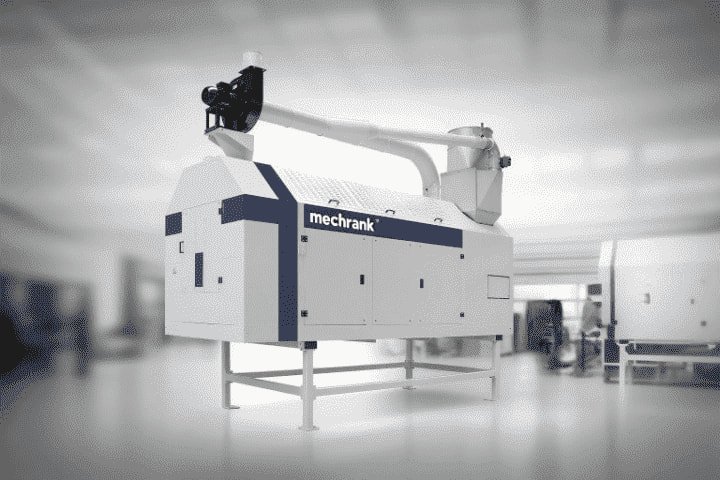
Industrial Uses
Factories use infrared dryers for many jobs. They dry plastics, food, textiles, glass, and coatings. The table below lists where they are used and why they help:
Sector | Application Examples | Benefits |
|---|---|---|
Plastics | PET preform molding, PET extrusion, PET flake recycling | Even drying; better crystal shapes; faster work; better recycled plastic |
Agriculture | Grain drying | Fast drying; saves energy; keeps grains healthy |
Manufacturing | Textile, glass, and coating drying | Quick and green; better products; helps the environment |
Infrared dryers work with many things like paper, plastic films, and cardboard. They dry water-based inks fast. This lets companies use safer and greener products. Some infrared dryers can change their wavelength for different materials. This makes drying quicker and keeps things nice.
Infrared dryers make things dry faster by heating them right away.
They save energy because less heat is lost.
Products look smooth and have fewer mistakes.
A food company used a mix of infrared and other dryers. They saved 30% energy and made products 25% better. In medicine, better sensors and controls saved 20% energy and made quality 15% higher.
Tip: Rotary infrared dryers spin items while drying. This spreads heat evenly and dries things faster.
Hair Dryers
Infrared hair dryers use special rays to warm hair from inside. Regular dryers only blow hot air on top. Infrared dryers dry hair faster and more evenly. They also cause less harm to hair.
These dryers help hair keep its oils and moisture. Hair stays soft and shiny.
They stop split ends and dryness. This is good for colored or treated hair.
Infrared heat can help blood flow in the scalp. This may help hair grow better.
Many infrared hair dryers use ionic technology too. This sends out ions that break up water, so hair dries even faster. Negative ions close the hair cuticle. This locks in moisture and stops frizz. Some dryers, like the InfinitiPro by Conair® Smoothwrap™, use both positive and negative ions. This balances hair’s charge. Hair becomes smoother, shinier, and easier to style.
Note: Ceramic parts in these dryers protect hair from heat. Over time, hair feels softer and looks healthier.
How Does Infrared Dryer Compare to Other Technologies?
Infrared dryers offer faster drying times and energy efficiency compared to traditional drying technologies. They use infrared radiation to directly heat objects, leading to quicker moisture evaporation.
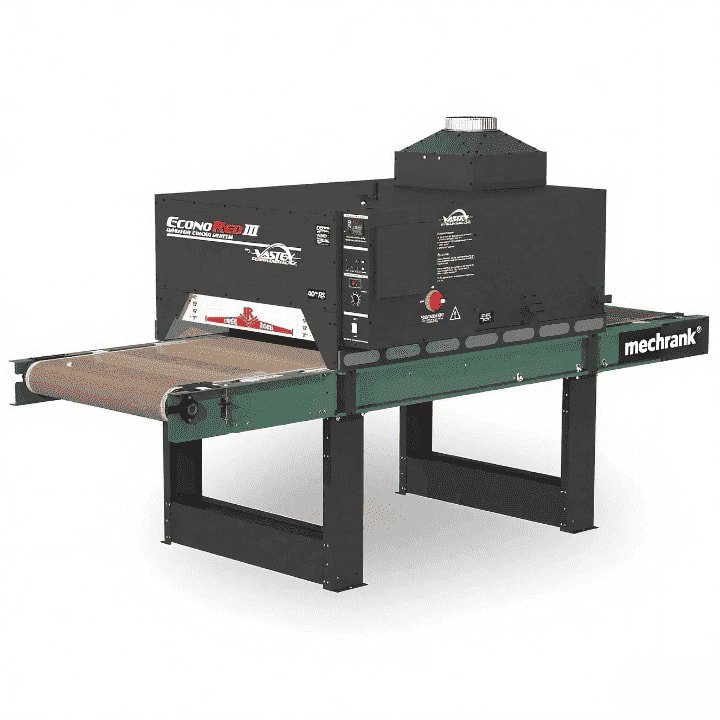
Other Drying Methods
Infrared dryers dry things in a different way than other dryers. Each drying method has good and bad points. The table below shows how infrared drying is different from convection, microwave, vacuum, hybrid, and solar hybrid drying.
Drying Method | Energy Efficiency / Output | Drying Speed / Effectiveness | Product Quality / Other Notes | Limitations / Mitigations |
|---|---|---|---|---|
Infrared (IR) Drying | More energy efficient than convection; high heat transfer rates; reduced drying time | Faster than conventional hot air drying | Produces higher quality products with less shrinkage and improved hygiene | Limited penetration depth; higher operating costs; mitigated by combining with hot air flow |
Convection (Hot Air) | Low energy efficiency due to convective losses; efficiency increases with temperature | Relatively long drying times | Poor quality and shrinkage of dried product | Low thermal conductivity; case hardening of material |
Microwave Drying | Highest energy output and drying efficiency among studied methods | Very fast drying | Good product quality; microwave-vacuum and microwave-convective hybrids improve quality further | Potential overheating; hybrid methods improve efficiency |
Low energy efficiency; high specific energy consumption | Moderate drying speed | High product quality due to low oxygen and reduced reactions; causes puffing/swelling | High energy consumption; mainly for sensitive/high-value products | |
Hybrid Methods | Combining IR with hot air improves heat transfer and moisture removal | Improved drying rates | Optimizes drying performance by balancing IR and convective advantages | Complexity and cost considerations |
Solar Hybrid Dryers | Save energy using solar energy; improved efficiency with heat pumps | Lower drying times | Higher product quality; environmentally friendly | Dependent on solar availability |
Infrared drying is fast and saves more energy than most other ways. It uses rays to heat things right away. This helps save power and keeps the product nice. Convection dryers use hot air, but they take longer and can make things shrink. Microwave dryers are super quick but can get some things too hot. Vacuum drying is good for gentle items but uses lots of energy. Hybrid dryers mix different ways to get better results.
Note: Infrared dryers often work best when used with hot air or other dryers. This mix can make drying faster and keep the product looking good.
Suitability
Picking the best dryer depends on what you want to dry. Infrared dryers work better for some jobs than others. There are a few things to think about when choosing infrared drying:
How fast water leaves the item is very important.
Things that let heat move easily dry best with infrared.
Gentle infrared drying is good for food or hair.
Thin things dry faster with infrared than thick ones.
The heat and how deep the item sits in the dryer can change the results.
Using infrared with hot air or microwave dryers can help with thick or hard-to-dry things.
Infrared dryers save energy and help keep more nutrients or water in the product.
The shape and surface matter. Flat or simple shapes dry best with infrared.
Tip: Always pick the drying method that fits the item and the quality you want. For thin or delicate things, infrared dryers usually work best. For thick or tricky things, using more than one drying method may be better.
What Are the Different Types and Key Considerations?
There are several types of SEO, including on-page, off-page, technical, and local SEO. Key considerations for effective SEO include keyword research, content quality, backlink strategy, site speed, and mobile optimization.
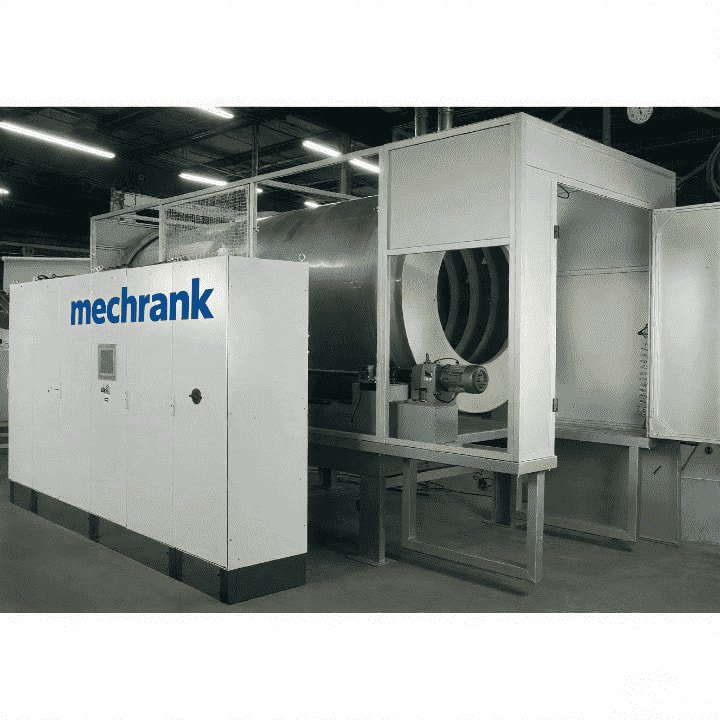
Infrared Dryer Types
Infrared dryers come in different types for many uses. Some are made for big factories. Others are good for small shops or homes. The table below lists the main types and what they do:
Type | Operation Mode | Scale of Use | Key Features and Suitability |
|---|---|---|---|
Constant IR radiation | Large-scale production | Dries things fast and evenly; saves heat and nutrients; best for big jobs | |
Discontinuous IR Type (Batch) | Periodic IR exposure | Small-scale or batch | Good for items that need gentle heat; keeps color and quality; uses belts to move things |
Continuous, rotating drum | Bulk processing | Turns while drying; dries lots at once; used for textiles, plastics, and chemicals | |
Portable Infrared | Mobile, easy to move | Spot or small jobs | Small and easy to carry; great for fixing car paint or small repairs |
Digital Motor Infrared | Advanced controls, sensors | Precision industries | Gives exact heat; works by itself; used for wood and chemical jobs |
Tip: Rotary drum types are best for drying a lot at one time. Portable types are great for quick jobs or small spots.
Safety and Maintenance
It is important to be safe when using an Infrared Dryer. Companies must follow rules to protect people. These rules include:
Indian BIS IS 302 Part 1: 2024 checks home and work dryers for safety. It looks for electric shock, earth wires, and leaks.
The BIS ISI Mark in India means the dryer passed safety and quality tests.
European CE marking shows the dryer follows safety and green rules.
ATEX and EMC Directives in Europe cover safety in places with explosions and electric waves.
IEC and EN standards are world rules for electric safety.
Canadian CSA rules are for dryers and radiant heaters.
Taking care of your dryer helps it last longer and stay safe. Here are some easy tips:
Use soft cleaners and do not use strong chemicals.
Wipe it after each use to stop water from building up.
Clean it well often to get rid of mold or stains.
Oil or wax wood parts two times a year.
Clean heaters and vents to get rid of dust.
Look at cords and plugs to see if they are broken.
Keep portable dryers in a dry, cool place.
Check all parts before using it again.
Note: Always follow the maker’s guide to stop accidents and help your Infrared Dryer work longer.
An Infrared Dryer dries things quickly and saves energy. It also controls how much water stays in the material. The table below shows the main good and bad points:
Aspect | Advantages | Disadvantages |
|---|---|---|
Drying Efficiency | Dries fast and evenly | Does not dry thick things well |
Energy Use | Uses less power and saves money | Needs to be watched for even drying |
Application | Keeps things nice, used in many ways | Works best for wet surfaces |
When picking a dryer, people should choose the right type for what they need to dry. They should also think about how much energy it uses and if it is safe. Looking at the price, how to take care of it, and how well it works helps get the best results.
FAQ
What makes an infrared dryer different from a regular dryer?
Infrared dryers use invisible light to warm things from inside. Regular dryers heat the air around what you want to dry. Infrared dryers finish the job faster and use less power. They also help hair or products keep more moisture.
Are infrared dryers safe to use at home?
Infrared dryers are made to be safe for home use. Most have auto shut-off and cool surfaces you can touch. Always read the instructions and keep the dryer away from water.
Can infrared dryers damage hair or materials?
Infrared dryers use less heat than regular dryers. This gentle heat helps stop damage to hair and other things. People see less frizz and fewer split ends with these dryers.
How do I clean and maintain an infrared dryer?
Unplug the dryer and let it cool before cleaning. Use a soft, wet cloth to wipe the outside. Check vents and cords often for dust or damage. Always follow the care guide from the maker.

